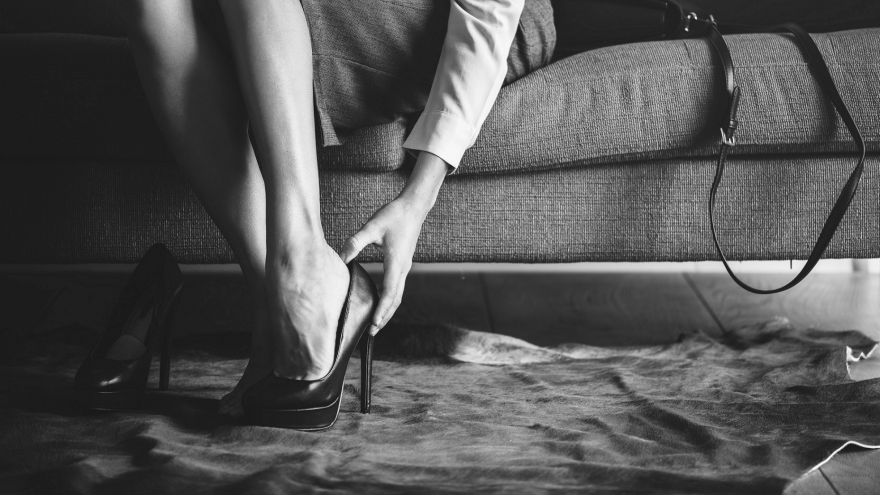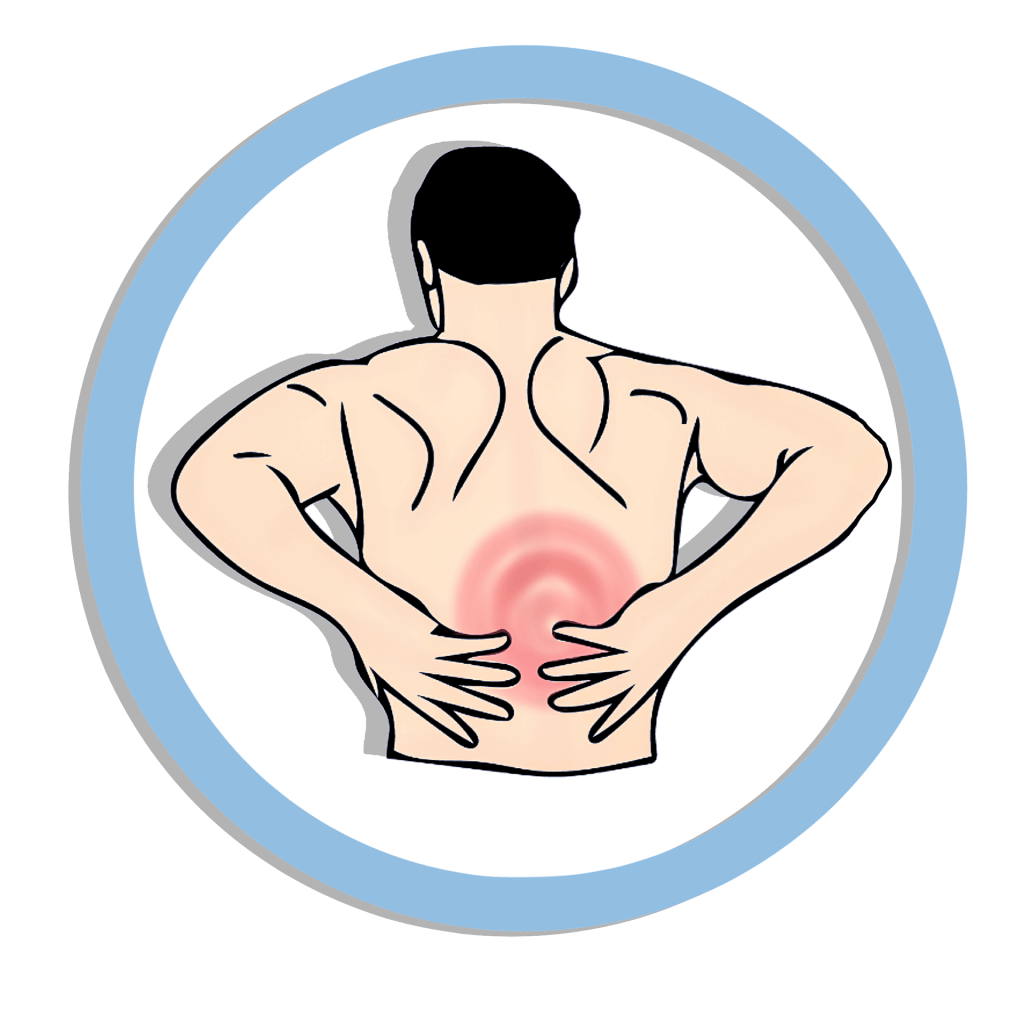Can Wearing High Heels Negatively Impact Your Physiology and Ultimately Also Your Running?

As runners, most of us understand the importance of wearing the correct shoes while running. We spend hours whittling down the available running shoe options to that one pair that’s just right and then pay a small fortune to make it ours. But did you know that the shoes that you wear while not running may be just as important as what you’re wearing on the run? And – ahem, ladies – that those stylish new party heels may, in fact, be hindering your running instead of helping it?

Here’s everything you need to know about the potential negative impacts of prolonged high-heel wearing.
The potential physiological impacts of prolonged high-heel wearing – Part I
In a study published in the International Journal of Clinical Practice in 2015, a team from Hanseo University in South Korea looked at the impact of prolonged high-heel wearing on the functioning of four specific ankle muscles. In order to do this, 40 healthy female college students were selected from different year groups at the Department of Air Tourism and Service. All of these students were training to be air hostesses and, as such, were required to wear 10-cm heels to class at least three times per week until completion of their studies (i.e. over a period of four years). The ankle strength and dynamic balance of each study participant were measured with the aid of a HUMAC®/NORM™ System and a HUMAC® Balance System, respectively.

After taking these measurements, the research team found that, in general, the strength of the ankle invertor (IV) and evertor (EV) initially increased as a result of wearing high heels. However, after prolonged wearing (i.e. 4+ years), high heels lead to the formation of muscle imbalances, which is regarded as an important predictor of future ankle injuries.
In line with these findings, dynamic balance scores also increased for the first three years of study (i.e. from freshman through sophomore and to junior year), but then drastically decreased during the final (senior) year. The research team attributes this sudden decrease in dynamic balance during the fourth year of wearing high heels to “ankle muscular imbalance”.
The potential physiological impacts of prolonged high-heel wearing – Part II
In addition to contributing to muscular imbalances in the ankles, research has also linked prolonged high-heel wearing to the following conditions:
- The placement of additional pressure on the toes
- Changes in foot shape
- Changes in stride patterns
- The excessive inward curving of the spine, also known as lordosis
- Back pain

- Shortening of the Achilles’ tendons
- Reduced strength in the plantar flexor and dorsiflexor muscles of the ankle joint
So while strutting a stylish pair of stilettos to work every day may leave you feeling polished and refined, keep in mind that there may be a price to pay in the long run. A rather expensive price at that, especially if you’re a runner wishing to keep your legs, feet, and ankles in tip-top shape.
Body care tips for high heel addicts
So while it is clear that the prolonged wearing of high heels may not be the best thing for your legs, ankles, back, and feet, there are steps to minimize potential damage. This is especially important for individuals, like air hostesses, who are required to wear high heels to work, or to those who regard a life without heels as being rather bland. So if you fall into one of the latter categories, be sure to consider the following:
- Incorporating a pair (or two!) of stylish, well-cushioned flats or sandals into your daily wardrobe

- Regularly doing foot- and ankle-strengthening exercises, like picking up pencils and scrunching up towels with your toes, heel lifts, heel drops, and single-leg squats or lunges. Be sure to gradually incorporate each of these into your routine, though – you don’t want to overdo it on the first day!
- Taking off your high heels whenever you’ll be seated for a long time. According to Neil Cronin, professor of biology at the Finnish University of Jyvaskyla, wearing heels while seated may “alter the resting length of the muscles and tendons around the ankle”. This, in turn, may lead to a destabilized joint and an even higher risk of injury.
- Limiting your time in heels by wearing a pair of comfortable sandals or flats for your commute to and from work.
- Rolling it out. Use a foam roller or massage ball to roll out your lower legs and feet up to twice a day. According to coach Jenny Hadfield, this is especially important if you plan on heading out for a run straight after a long day on high heels. In this case, five to ten minutes of myofascial release with one of the aforementioned tools will help to prepare your body for the transition, which may help reduce the risk of pain and injury.
Do what you can to take care of your legs
So while it’s not quite necessary to get rid of all your high heels, do yourself (and your legs, ankles, and feet!) a favor and limit the time you spend in them. And if circumstances, such as a prescribed uniform at work, force you to do so, make an effort to take extra measures to keep your legs and feet happy. You’ll be glad you did in the long run!
Sources
- , Science weighs in on high heels: Not designed for running, Online publication
- , High Heels and Running: The Good, the Bad, and the Ugly, Online publication
- , Do The Shoes You Wear While Not Running Matter?, Online publication
- , Reducing the frequency of wearing high‐heeled shoes and increasing ankle strength can prevent ankle injury in women, Scientific journal
Latest Articles
 Is Running on a Treadmill Easier Than Running Outside?Runners have their own preferences, whether it is treadmill running, running outside on the road, or exploring trails. So...
Is Running on a Treadmill Easier Than Running Outside?Runners have their own preferences, whether it is treadmill running, running outside on the road, or exploring trails. So... Is It OK to Use Trail Running Shoes on the Road?While trail running shoes can be used on roads, especially in situations where a runner encounters mixed terrains or pref...
Is It OK to Use Trail Running Shoes on the Road?While trail running shoes can be used on roads, especially in situations where a runner encounters mixed terrains or pref... How to Fix Sore Quads After Running?Rest, ice, gentle stretching, and over-the-counter pain relievers can help soothe sore quads after running. Also, ensure ...
How to Fix Sore Quads After Running?Rest, ice, gentle stretching, and over-the-counter pain relievers can help soothe sore quads after running. Also, ensure ... 10 Fruits With The Most Electrolytes to Replace Sports DrinksThese fruits are high in electrolytes such as potassium, magnesium, and calcium, essential for hydration, muscle function...
10 Fruits With The Most Electrolytes to Replace Sports DrinksThese fruits are high in electrolytes such as potassium, magnesium, and calcium, essential for hydration, muscle function...

